Brita Built a City out of Sugar Cubes to Show You What a Lifetime of Soda Looks Like
Posted in: Uncategorized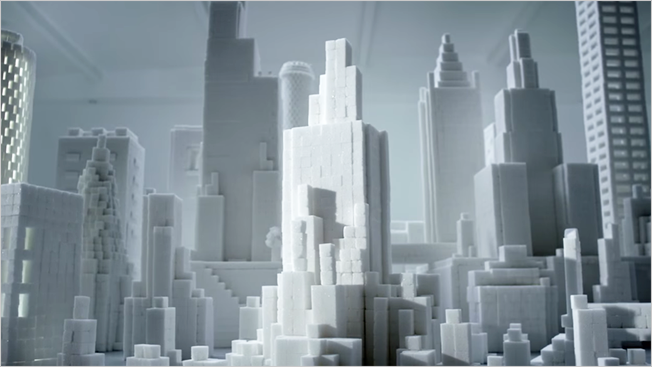
In the past, water filter brand Brita has targeted plastic bottles as public enemy No. 1, but now it has its sights on a new foe: Soda.
A new spot created by DDB California uses towering piles of sugar cubes to show the impact of drinking one sugary soda a day (which would be pretty a moderate intake for some families). In the ad, we see a stack of cubes illustrating a single day of cola, followed by a skyscraper modeled from a year’s sugar, ending on a cityscape built from the 221,314 sugar cubes a soda fan could consume “over an average adult lifetime.”
It’s a striking visual, one taken even further by the brand’s #ChooseWater campaign in an exhibit this week at New York’s Chelsea Market, where roughly 1 million sugar cubes (weighing 7,000 pounds) were shaped into an even larger skyline to reflect the amount consumed by a family of four over their lifetimes:
If you thought 200,000+ sugar cubes sounded like a lot check this out! #ChooseWater pic.twitter.com/SjNedletA7
— Brita USA (@BritaUSA) October 21, 2014
The sculpture features 28 buildings, varying in height from 2 to 7 feet. That’s one tall drink of terrifying.
![]()

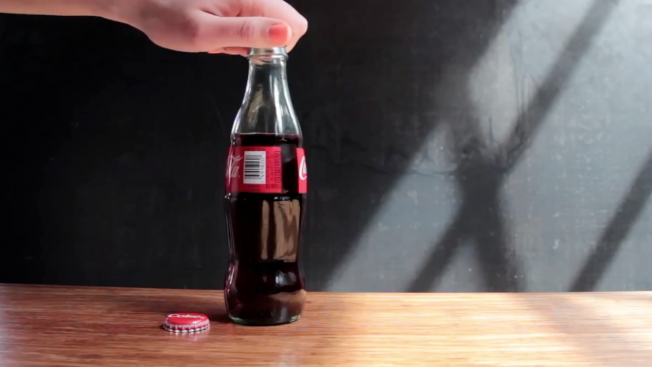
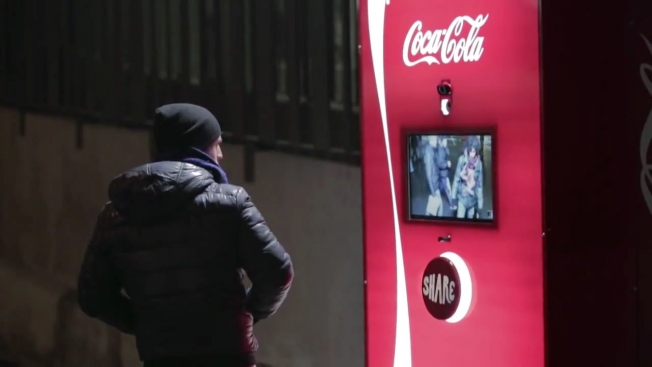
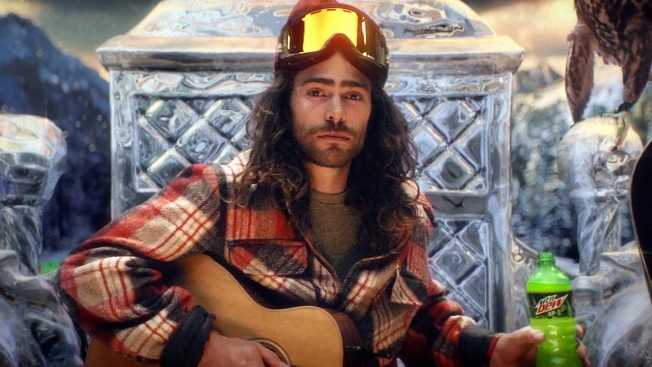





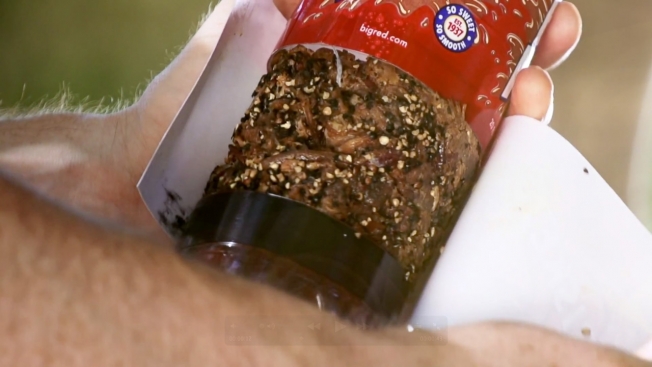
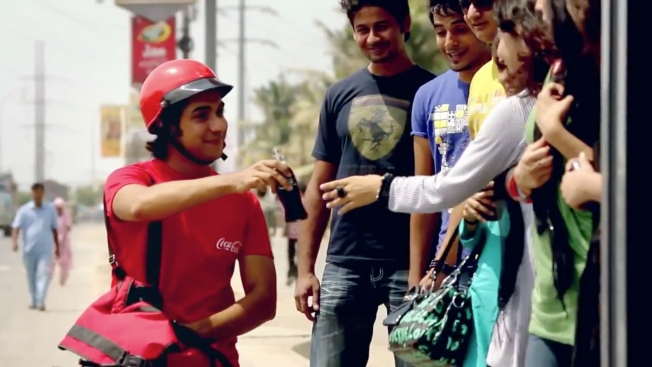
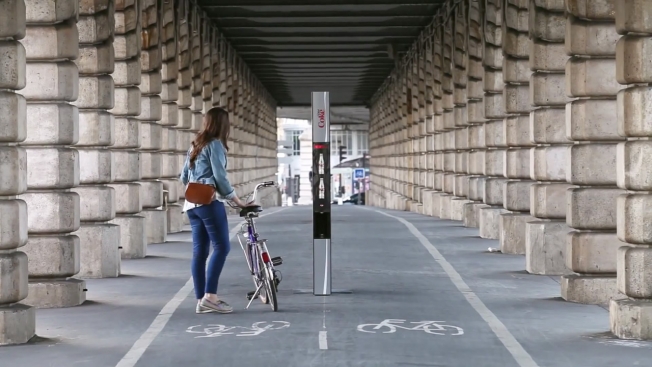
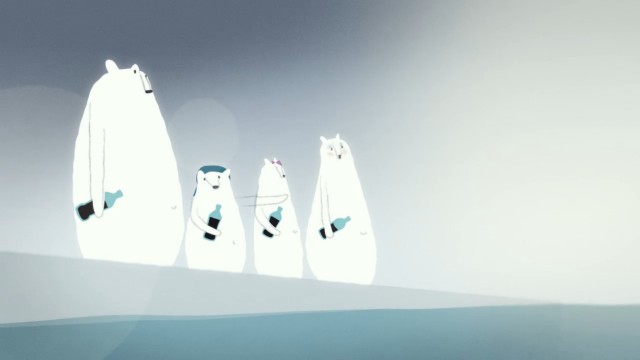
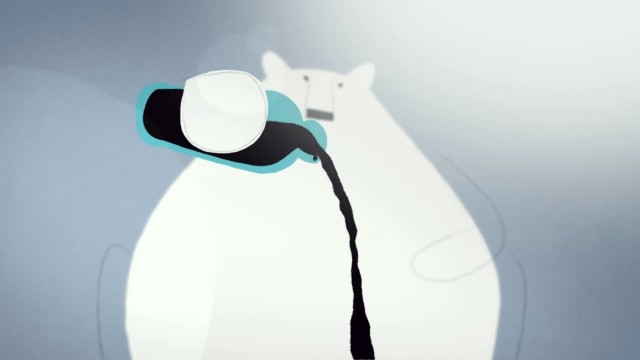
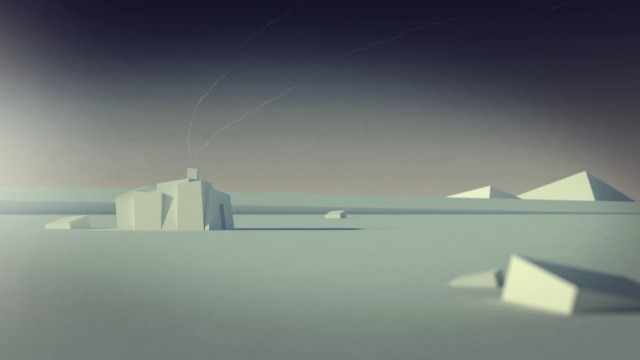
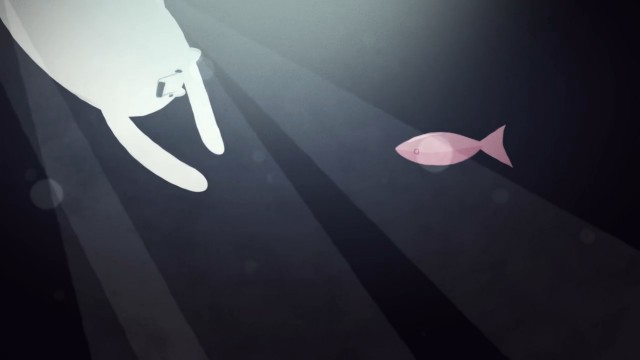
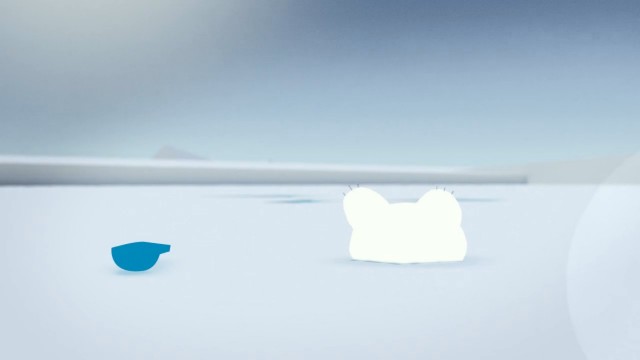
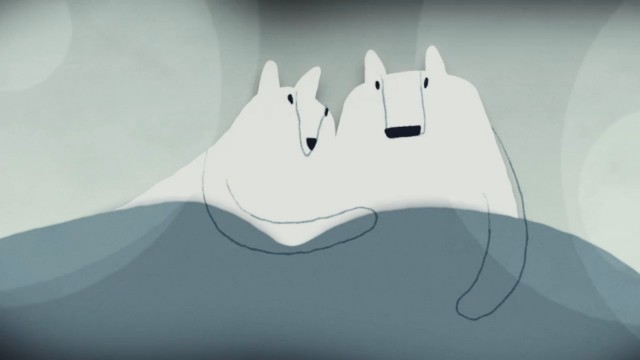

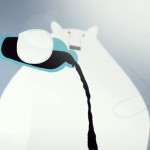



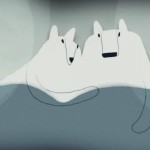

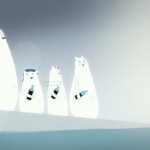
 Coca Cola, invented in the late 19th century and marketed as a “cure-all” for diseases like morphine addiction, dyspepsia, neurasthenia, headache, and impotence has come a long way in a century. A friend once told me that Coke’s special formula used cocaine. Which is true, although at the time I called him a “lying pooh-pooh head.” In fact, a single glass of Coke contained nine milligrams of blow. The nice thing? No crusty white boogers or mirror checks before going outside. ‘Cola’ was spawned from the Kola nut, which added caffeine to the mix. It’s a wonder Ritalin wasn’t invented sooner.
Coca Cola, invented in the late 19th century and marketed as a “cure-all” for diseases like morphine addiction, dyspepsia, neurasthenia, headache, and impotence has come a long way in a century. A friend once told me that Coke’s special formula used cocaine. Which is true, although at the time I called him a “lying pooh-pooh head.” In fact, a single glass of Coke contained nine milligrams of blow. The nice thing? No crusty white boogers or mirror checks before going outside. ‘Cola’ was spawned from the Kola nut, which added caffeine to the mix. It’s a wonder Ritalin wasn’t invented sooner.